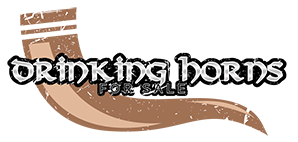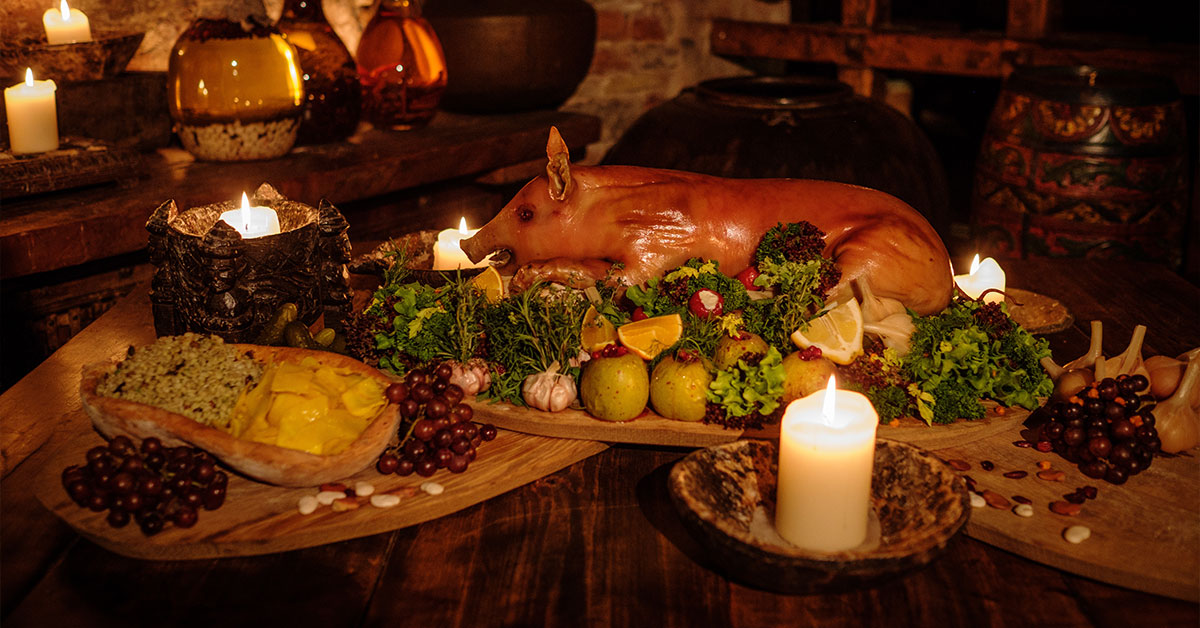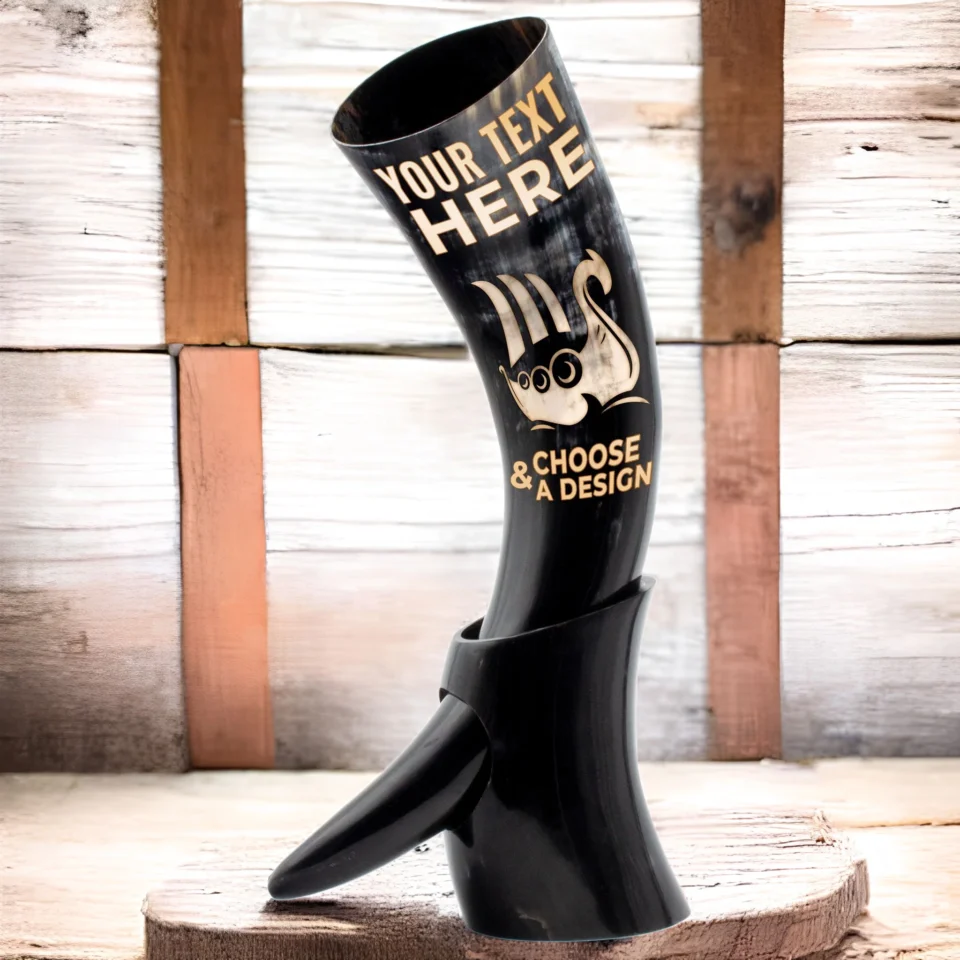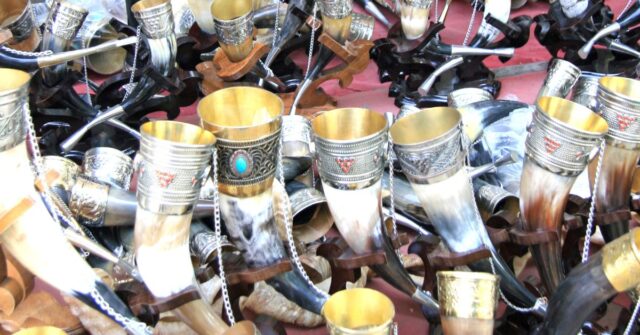Drinking horns, steeped in history and tradition, have become a unique and stylish way to enjoy beverages.
Whether you’re a history enthusiast, a collector, or someone who appreciates the finer things in life, this guide will help you choose the perfect drinking horn for any occasion.
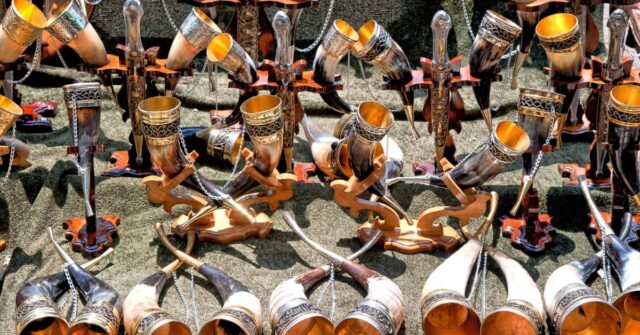
Introduction to Drinking Horns
Drinking horns have been a part of human history for centuries, used by various cultures for ceremonial purposes and daily use. This introduction will explore their origins and cultural significance.
History and Origin of Drinking Horns
Drinking horns date back to the Neolithic era and have been found in various cultures, including Norse, Celtic, and Slavic.
Initially, these horns were merely functional, but over time, they evolved into symbols of power and prestige.
Cultural Significance Across Different Societies
In many cultures, drinking horns were more than just vessels; they were integral to rituals and ceremonies.
For the Norse, they symbolized heroism and were often used in toasts to the gods. In Celtic societies, they represented abundance and were a staple at feasts.
Types of Drinking Horns
Drinking horns vary greatly in material, design, and craftsmanship. Understanding these variations will help you select a horn that not only suits your needs but also resonates with your personal style.
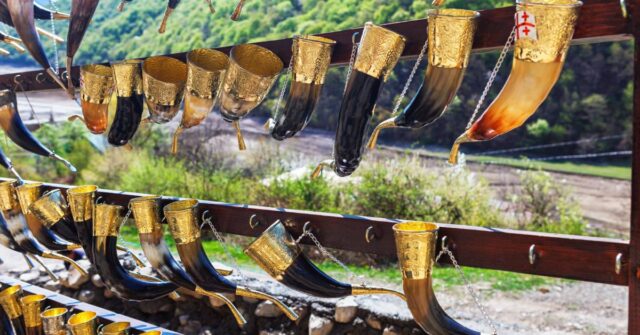
Material Variations: Bone, Plastic and Glass
Traditional drinking horns were made from bovine horns, but modern variations include plastic and glass. Each material offers a different aesthetic and drinking experience.
Design and Craftsmanship: From Simple to Ornate
Drinking horns can range from simple, unadorned pieces to ornate works of art featuring intricate carvings and inlays.
The level of craftsmanship not only affects the horn’s appearance but also its value and durability.
Choosing a Drinking Horn for Specific Occasions
Selecting the right drinking horn for an occasion is crucial. Whether it’s a formal event or a casual gathering, the right horn can enhance the experience.
Formal Events: Elegance and Tradition
For formal events, consider a horn with a refined design. A polished finish and subtle engravings can add a touch of elegance that complements the solemnity of the occasion.
Casual Gatherings: Functionality and Style
In casual settings, functionality is key. A horn that is easy to handle and clean, yet stylish, can make a great conversation piece at parties or informal gatherings.
Themed Parties: Historical and Cultural Considerations
For themed parties, such as medieval or Viking gatherings, authenticity is crucial. Choose a horn that reflects the historical period or culture being celebrated to enhance the immersive experience.
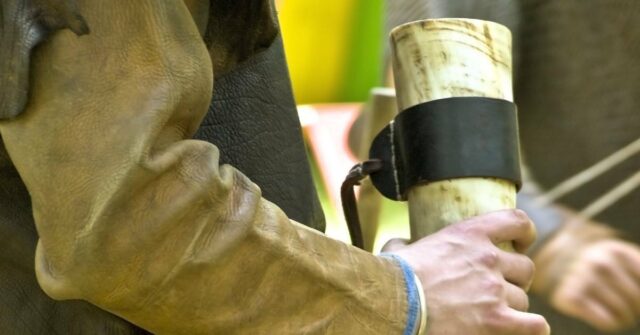
Practical Considerations
When selecting a drinking horn, practical aspects such as size, volume, and maintenance should not be overlooked. These factors ensure your horn is not only visually appealing but also functional.
Size and Volume: Matching Your Needs
Drinking horns come in various sizes, typically ranging from 200 milliliters to over 1 liter. Consider the type of beverage and the amount you typically consume when choosing the size.
Care and Maintenance: Ensuring Longevity
Proper care and maintenance are essential to preserve the quality of your drinking horn. Regular cleaning and avoiding prolonged exposure to liquids can prevent damage and maintain its pristine condition.
Customization and Personalization
Personalizing a drinking horn can transform it from a mere vessel into a cherished keepsake. Customization options range from engravings to unique design features.
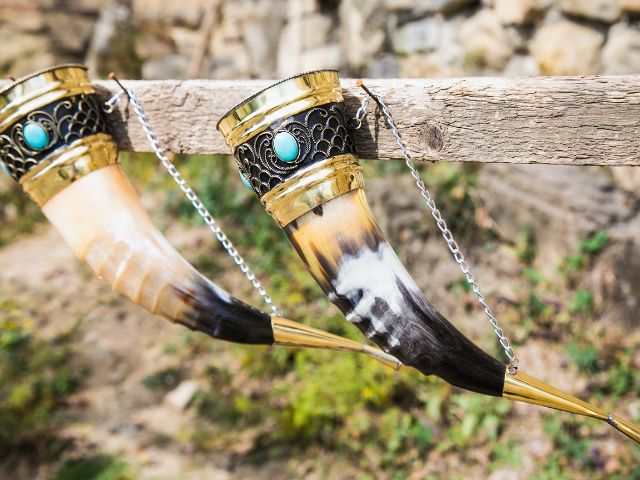
Engravings and Embellishments: Adding a Personal Touch
Engravings, whether it’s a name, a special date, or a symbolic motif, can add a personal touch to your drinking horn. Choose a design that holds personal significance or complements the horn’s style.
Commissioning Custom Horns: What to Know
If you’re considering commissioning a custom horn, it’s essential to understand the process.
Discuss your vision with the artisan, consider the time and cost involved, and ensure you’re clear about the desired outcome.
Buying Guide: Where and What to Look For
Choosing where to buy a drinking horn is as important as selecting the horn itself. The right source can guarantee quality and authenticity.
Online vs. In-Store Shopping: Pros and Cons
Online shopping offers convenience and a wide selection, but it lacks the tactile experience of in-store purchasing.
In contrast, physical stores allow you to inspect the horn’s quality firsthand but might have limited options in your area.
Price Range and Quality Indicators
Drinking horns can range from affordable to high-end. Look for indicators of quality, such as the material’s source, craftsmanship details, and the seller’s reputation.
Avoiding Common Pitfalls: Red Flags in Purchasing
Beware of signs like extremely low prices, vague descriptions, and lack of detailed images, as these can indicate inferior quality or inauthentic products.
Drinking Horn Etiquette and Usage Tips
Using a drinking horn properly not only enhances the drinking experience but also respects the traditions associated with it.

Proper Handling and Drinking Techniques
Hold the horn by its tip or base, and tilt it gently to drink. Avoid slamming it down on surfaces, as traditional horns can be delicate.
Cultural Dos and Don’ts
Be mindful of cultural nuances when using a drinking horn. For instance, in some traditions, it’s customary to pass the horn to others in a specific order during toasts.
Conclusion
Choosing the perfect drinking horn for different occasions is a journey into history, craftsmanship, and personal style.
By considering these factors, you can select a horn that not only serves its purpose but also tells a story.
Summarizing Key Points
In summary, consider the occasion, material, design, size, and personalization options when choosing your drinking horn. Remember, the right horn can elevate any gathering and become a treasured artifact.
Encouraging Responsible and Enjoyable Use
Whether for display or use, a drinking horn is a link to the past and a celebration of the present. Enjoy it responsibly and with appreciation for the rich traditions it represents.
